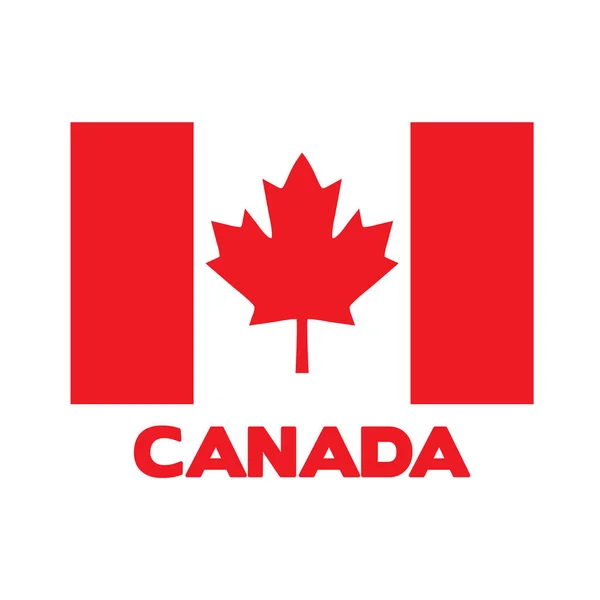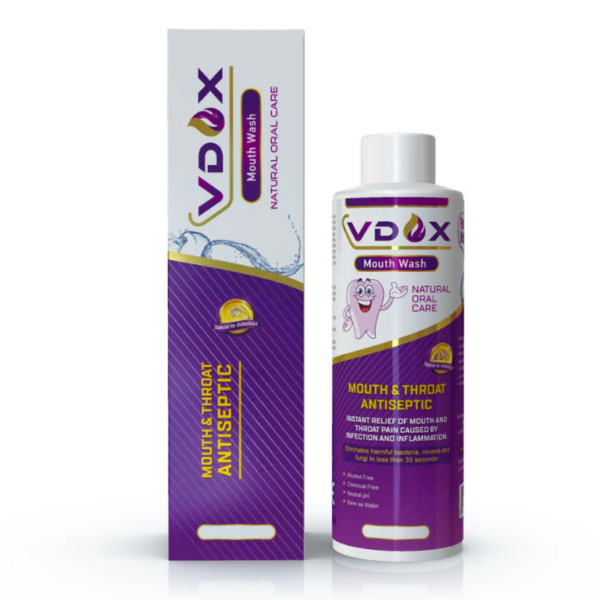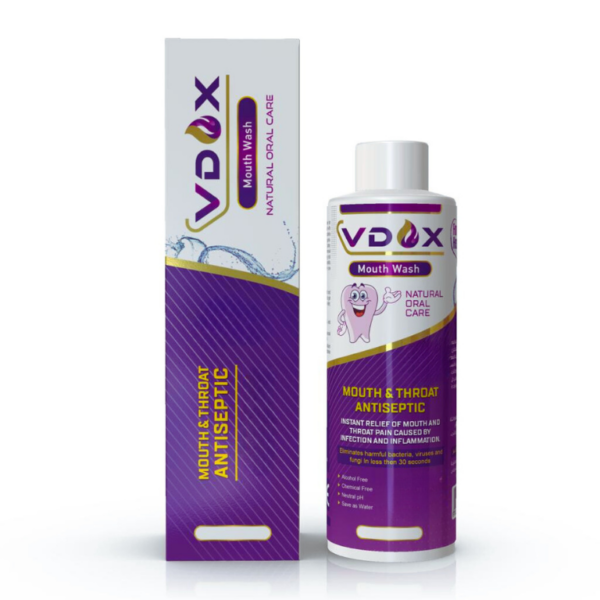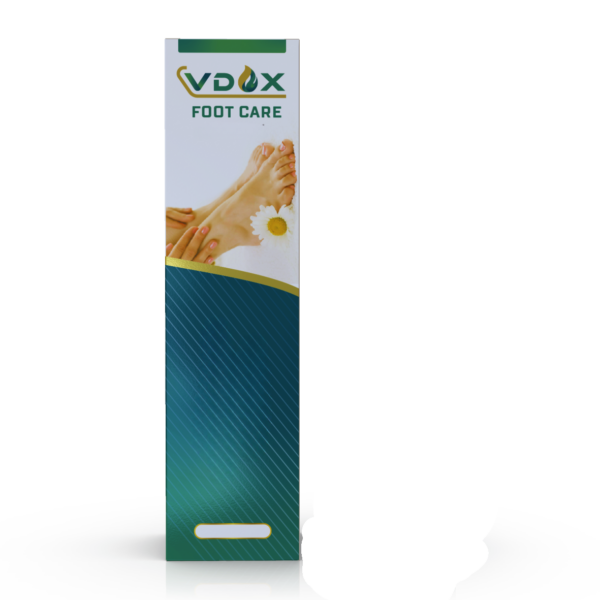Le buzz autour de l'acide hypochloreux (HOCl) a augmenté à pas de géant au cours de la dernière année compte tenu de son pouvoir vérifié en tant que désinfectant contre le COVID-19.
Le nettoyant à noyau dur, cependant, gagne également le statut de chapiteau en tant que produit de soin de la peau über-sensible.
While the 100 year history of hypochlorous acid (HOCl) has provided indisputable evidence of its efficacy in healing and use in disinfection, and over 500 peer-reviewed, published papers universally document significant beneficial results, the widespread use of HOCl has remained fairly stagnant, and the primary limiting factor to broad adoption of this important technology, historically, has been due to the innate reactivity of the molecule itself and its lack of stability when using existing manufacturing processes.
New Technology & Research
The use of chlorine for disinfection has been researched for over 100 years. It has been an undisputable fact that hypochlorous acid offers far superior disinfecting properties than sodium hypochlorite (chlorine bleach). One of the most well known authorities for the use of chlorine as a disinfectant is White's Handbook of Chlorination. This book is comprehensive in explaining the chemistry and effectiveness of chlorine and alternative disinfectants.
The challenge has been in engineering a system for producing a free chlorine solution that is dominated by the molecule of hyopchlorous acid (HOCl) rather than sodium hypochlorite (NaOCl-). The development of electrolysis cells for generating electrolyzed water became a huge innovative breakthrough in the 1970s. Since then, improvements in electrolysis cells have been made that can generate a solution of free chlorine that is near 99% hypochlorous acid and that is stable.
One of the most recent improvements has been the development of single cell technology to replace membrane cell technology allowing for the production of just one stream of solution at a near neutral pH. Prior technology used membranes and high pressures that forced two streams to be generated, an unstable anolyte of hypochlorous acid and an unstable catholyte of sodium hydroxide. With the development of single cell technology, a stable solution of just anolyte can be produced yielding a solution of near 99% stable hypochlorous acid.
Over 30 years of research exisits for the use of hypochlorous acid and new research is being published every year. Recent research has focused on the use of hypochlorous acid for sanitzing food and food processing facilities. Research has also been done on poultry farms, water treatment and disinfection, and healthcare related applications such as wound care and equipment sterilization.
Search over 300 published research articles on the use of hypochlorous acid.
Stable Hypochlorous Acid
This biggest challenge has been to create hypochlorous acid at a near neutral pH instead of chlorine gas or hypochlorite, and to do so in a stable form. Hypochlorous acid is a meta-stable molecule. It wants to revert back to salt water or convert to hypochlorite.

Healthcare
Hypochlorous acid (HOCl) is already produced by the white blood cells in our blood for protecting against invading microbial pathogens. When microbial pathogens try to enter a wound, white blood cells are the first responders and engulf the bacteria exposing them to the biocide HOCl. Because HOCl is non-irritant and gentle on skin, it makes sense to use it for wound care. In addition, it can replace all general sanitation chemicals used to clean healthcare facilities. Eliminating toxic chemicals not only makes sense but provides a safer environment for children and the elderly.

Food Safety
The majority of the research that has been done regarding the practical applications of hypochlorous acid has been in the field of food safety. Since the Food Safety Modernization Act (FSMA) was signed into law in 2011, the focus of food safety has shifted from responding to contamination to preventing it. There is probably no food sanitizer more researched and more understood than hypochlorous acid. The research clearly demonstrates that hypochlorous acid is safe and efficient for ensuring microbial counts are maintained below infectious levels on food and contact surfaces.
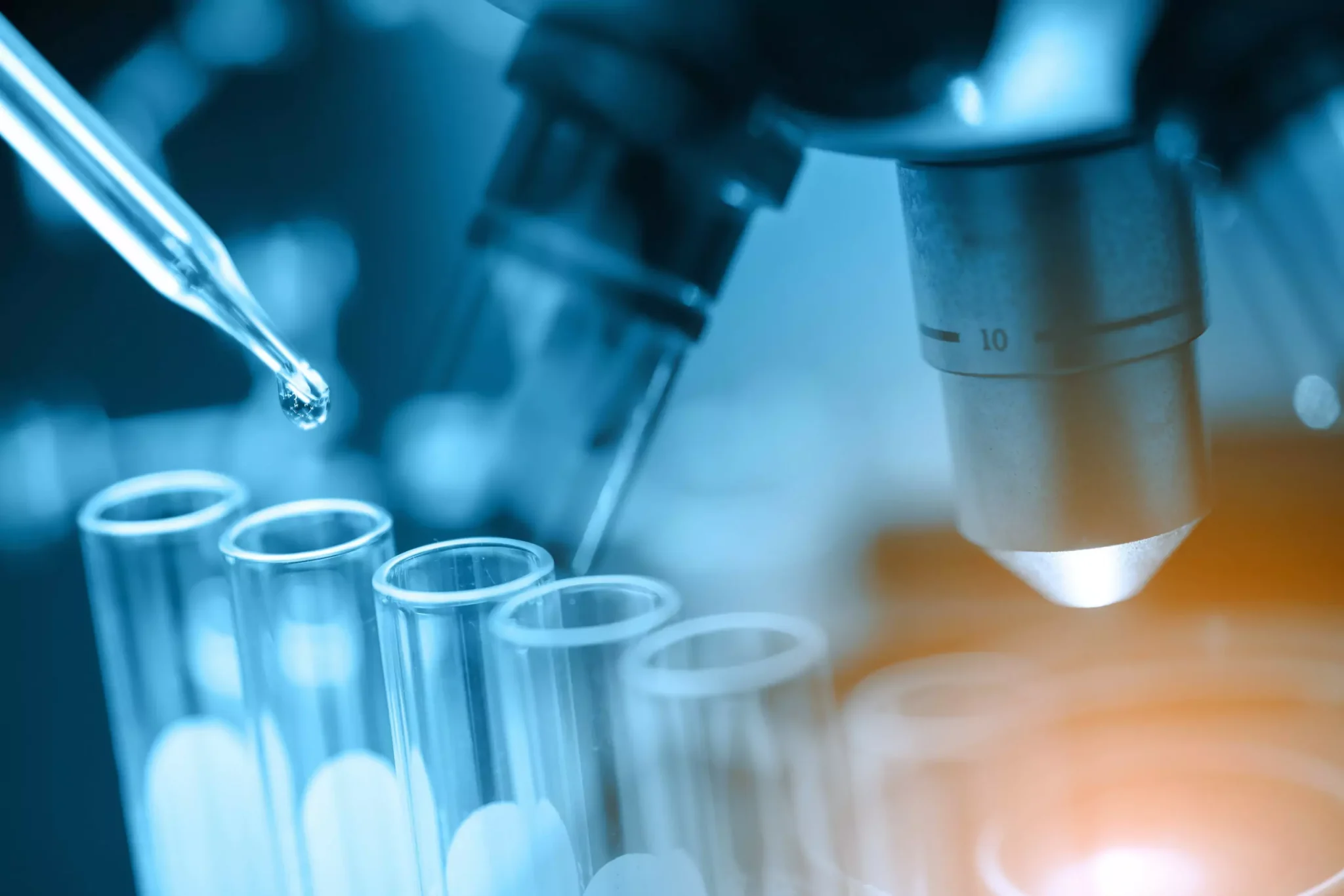
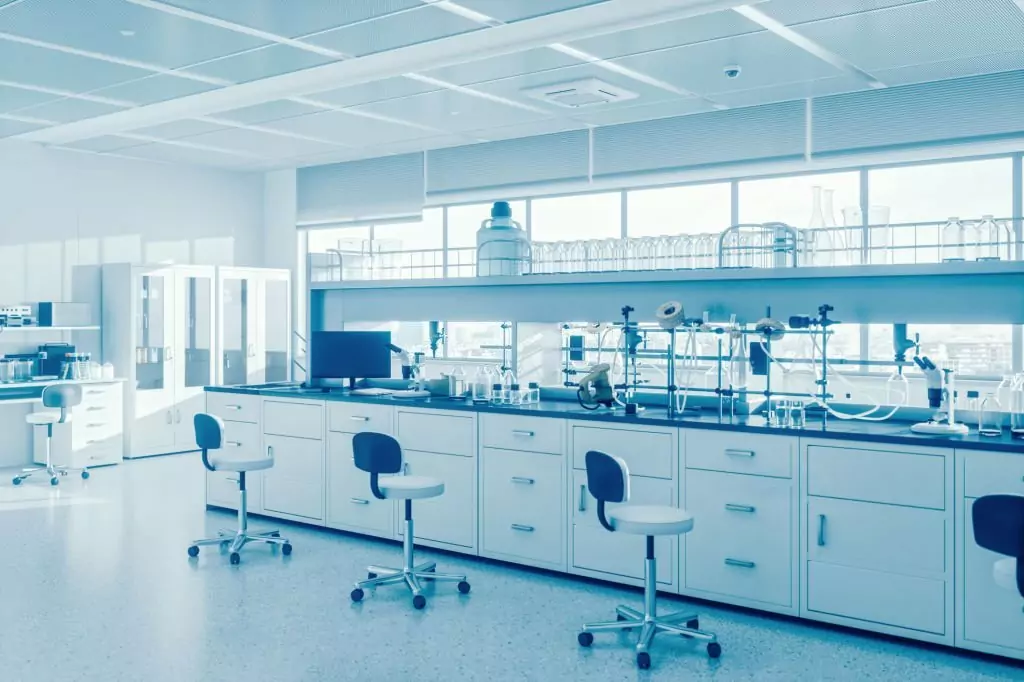
Qu'est-ce que l'hypochloreux ?
L'acide hypochloreux (HOCl) est une partie naturelle du système de défense interne de notre corps - une molécule essentielle produite par nos globules blancs comme notre première ligne de défense contre l'infection, l'inflammation ou les blessures
Lorsqu'il est produit à l'extérieur du corps, HOCl est une solution électrolysée, antimicrobienne et biocide qui inactive les agents pathogènes tels que les bactéries, les virus, les spores et les champignons.
HOCl est un oxydant puissant qui agit contre les bactéries envahissantes, les champignons et les virus. Dans les années 1970, le premier HOCl a été produit en faisant passer de l'électricité à travers la solution de saumure. HOCl est le seul désinfectant viable qui peut être utilisé contre les agents pathogènes, y compris la tuberculose, Legionella, H1N1 (grippe porcine), M. Chelonea, Poliovirus, VIH, Aureus, E. Coli, Candida Albicans, Enterococcus Faecalis, P Aeruginosa, y compris CORONA VIRUS car c'est la substance la plus efficace contre les micro-organismes pathogènes dans la nature puisqu'elle est produite par le système de défense du corps humain contre les bactéries et les virus.
Therefore, it is the best antiviral and antibacterial disinfectant known in nature moreover the human body itself produces the best disinfectant.
When the human body is subjected to any microbial attack, 1 Neutrophil produces 0.1 Um Hypochlorous Acid, and this amount has been scientifically proven to kill 15 million coli bacilli within 1 minute.
Non-Toxic, Non-Hazardous
Sanitation chemicals distributed in concentrated form are toxic and can be hazardous. Contact with skin or inhalation of fumes can cause irritation. These risks do not exist with hypochlorous acid. Electrolyzed water systems generate hypochlorous acid from just table salt, water and electricity. No personal protective gear is required.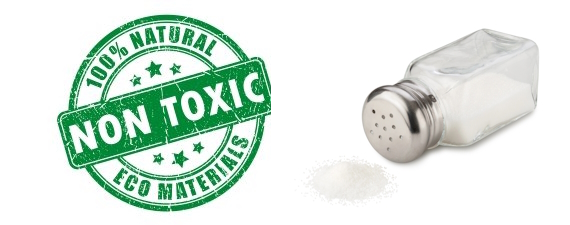
How is HOCl - Hypochlorous Acid produced?
ECA est une forme abrégée d'activation électrochimique.
La production de HOCl à partir de l'activation électrochimique (ECA) de la saumure a été développée dans les années 1970.
ECA is a patented technology that produces hypochlorous acid (HOCL) or super oxidized water, which is a 100% nature-soluble, disinfectant, by electrolysis in the electrochemical cell only from salt and water.
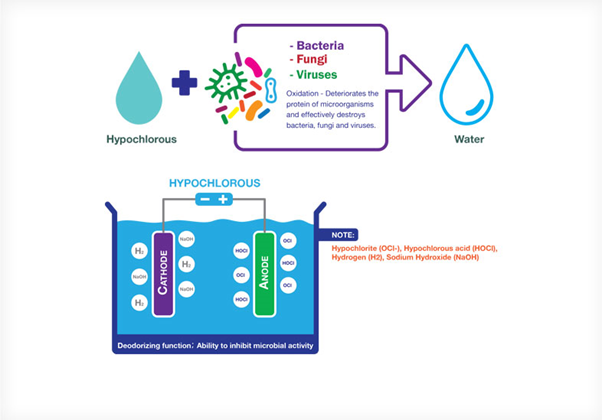

HOCl (Hypochlorous Acid) is the combined element of Hydrogen, Oxygen and Chlorine. VDOX® HOCl is safely produced by way of an electrolyzed brine solution with formula-specific controls and set points.
Just The Facts
Maximum disinfecting efficacy is achieved at pH 4-6, because essentially all the chlorine is present as Hypochlorous acid (HOCl). Below pH 4, increasing amounts of Cl2 are present which will evolve from solution and be lost to the system at atmospheric pressure. Chlorine gas is also quite toxic, so pH below 4 should be avoided. On balance, for safety and efficacy a pH of 4-6 works best!
Did you Know?
• Alcohols lack sporicidal action and cannot penetrate protein-rich bacterial spores.
• Hypochlorous Acid can penetrate pathogenic microorganism cell walls very easily, thus making it a very effective disinfectant.

WHAT IS pH?
pH is a scale measuring the acidity or alkalinity of a solution. The scientific definition is ‘the negative logarithm of the Hydrogen ion concentration’. The pH scale is a measurement of the concentration of acid or base a substance contains and is calculated by determining the concentration of hydrogen ions (H+).
High hydrogen ion amounts indicate high acid concentration, low hydrogen ion amounts indicate a basic or alkaline concentration. The pH scale runs from 0 to 14 with 0 being the most acidic, 7 neutral, and 14 being the most alkaline or basic. It is a logarithmic scale, based on powers of 10, so that 1 pH unit change equals a 10-fold change in H+ ion concentration! A pH of 6 is ten times more acidic than a pH of 7.
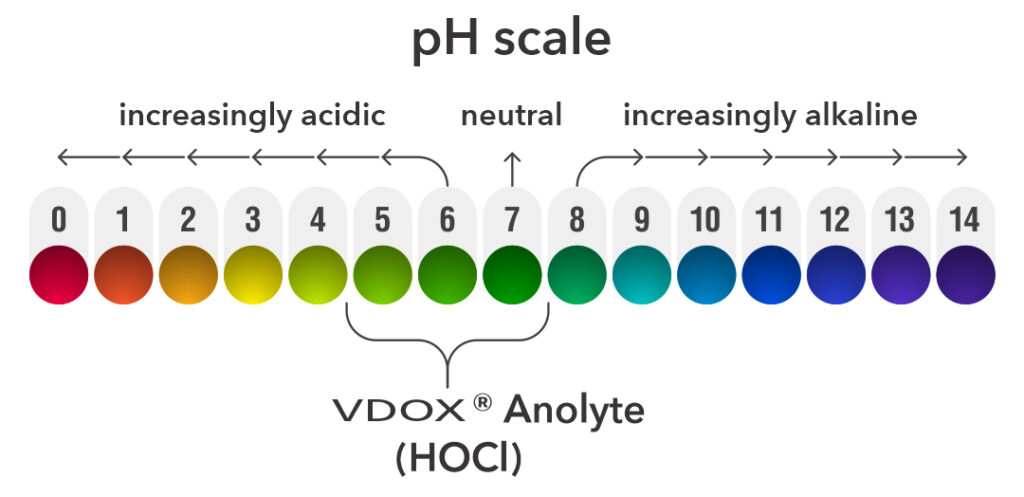
Comment HOCl tue-t-il les pathogènes microbiens ?
Disinfectants and microbial pathogens interact with each other similar to magnets. If you bring together two negatively charged magnets, they will repel each other. Bacteria and hypochlorite (OCl- aka. bleach) are both negatively charged and behave like two negatively charged magnets repelling each other. Hypochlorous acid (HOCl) is neutrally charged and is not repelled by bacteria. HOCl easily penetrates the walls of the bacteria and destroys them with its strong oxidation potential.
A free available chlorine (FAC) molecule is one that is not attached. There are three forms of free available chlorine: chlorine gas, hypochlorous acid and hypochlorite. Assuming a constant temperature of 25 degrees Celsius, when the pH is below 3, free chlorine will leave solution as chlorine gas. When the pH is above 7.5, over 50% will be hypochorite (OCl-) and will increase in hypochlorite as it rises toward pH 14. Between pH 3 and pH 7.5 the free chlorine solution will be dominated by hypochlorous acid (HOCl).
So, Hypochlorous is a powerful oxidant and is 100 times more efficient at killing microbial pathogens than sodium hypochlorite (aka. chlorine bleach).
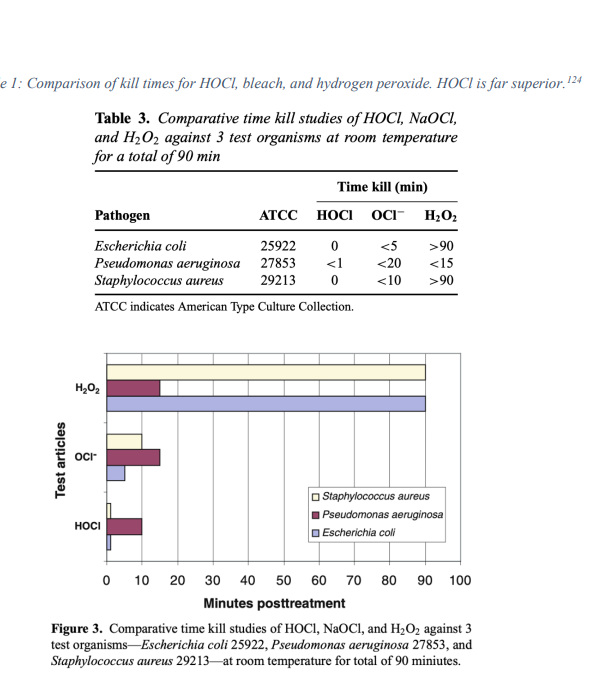

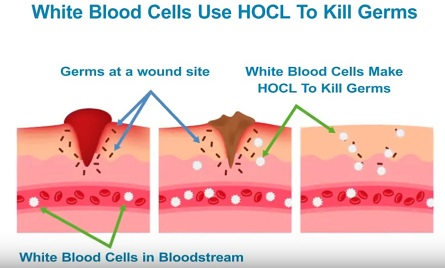
Cells called white blood cells in our body produce a physiological substance called Hypochlorous Acid (HOCl) while fighting against bacteria and viruses. This substance has the largest spectrum and it is themost effective biocide known in nature. Thanks to its weak acidic nature, it is neither irritating or harmful to human health. Therefore, it is the best antiviral and antibacterial disinfectant known in nature moreover the human body itself produces the best disinfectant.
When the human body is subjected to any microbial attack, 1 Neutrophil produces 0.1 Um Hypochlorous Acid, and this amount has been scientifically proven to kill 15 million coli bacilli within 1 minute.
SOME APPLICATIONS
VDOX® Hypochlorous Acid
Production Processing.
Fisheries Processing.
Meat processing.
Poultry Processing.
Animal Health.
Agriculture.
Food Contact Surfaces.
Beverage Production.
Biofilm Control.
Water purification.
Medical.
Dentistry.
Hospital Cleaning and Disinfection.
Restaurants & Cafes.
Schools & Education Centers.
Personal care.
International HOCl Approvals
- Food and Drug Administration (FDA) granted it the highest possible safety classification: Generally Recognized As Safe (GRAS)
- Food Safety Inspection Service (FSIS): Non-toxic and recognized as a food Additive
- Occupational Safety and Health Administration (OSHA) & Environmental Protection Agency (EPA): Gentle with no harsh vapors, safe for babies and pets, and suitable for medical applications
- Centers for Disease Control and Prevention (CDC) & World Health Organization (WHO): Approved as a disinfectant and antiseptic agent.
- US EPA:
• There are 17 approved HOCl products for COVID-19 disinfection alone.
• HOCl is approved by the EPA for use in drinking water.
• HOCl is approved for use as a no-rinse food sanitizer. - US FDA:
• HOCl is approved for use on meat, poultry, fish, and other seafood, fruits, and vegetables
as a no-rinse sanitizer
• HOCl may be applied to food-contact surfaces in public eating places, dairy processing
equipment, food-processing equipment, and utensils. - US Department of Agriculture:
• HOCl is approved as an organic substance in the USDA’s National Organic Program. - Australian Government, Department of Health, Therapeutic Goods Administration:
• HOCl approved for use against COVID-19: - Health Canada:
• HOCl is approved as a COVID-19 disinfectant .

